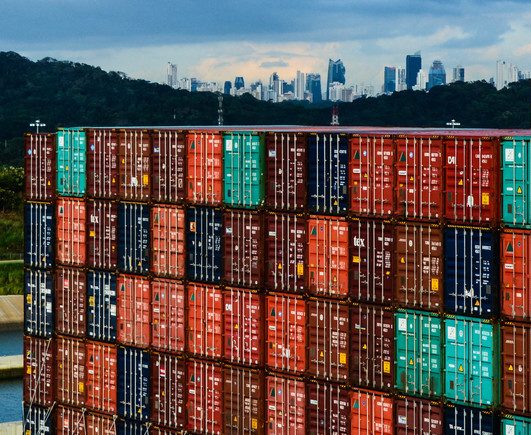 An assessment of what fluidity is, how it is currently measured in Canadian maritime supply chains for both bulk cargoes and manufactured goods, and report on the gaps existing in the current measurement system to identify where improvements can be made is the latest port study of PortEconomics member Mary Brooks presented at the annual Conference of the International Association of Maritime Economists (IAME 2016) held in Hamburg, Germany.
An assessment of what fluidity is, how it is currently measured in Canadian maritime supply chains for both bulk cargoes and manufactured goods, and report on the gaps existing in the current measurement system to identify where improvements can be made is the latest port study of PortEconomics member Mary Brooks presented at the annual Conference of the International Association of Maritime Economists (IAME 2016) held in Hamburg, Germany.
Questions addressed are: (1) What are the current measures in place to measure fluidity in three stages of transport: the maritime leg, in the port, and between the port and its hinterland? (2) Who collects the data, and who owns it? (3) Should the data be public, shared with data partners only, or private? (4) What is the role of government in data collection and sharing (or not)? The study was contracted as a contribution to the Canada Transportation Act Review (CTAR) process; the CTAR Panel sought an assessment of fluidity metrics in the overall performance of the Canadian transportation system.
The short presentation of the study is available and can be downloaded @PortEconomics – you only need to register for free, if you have not done so already.












